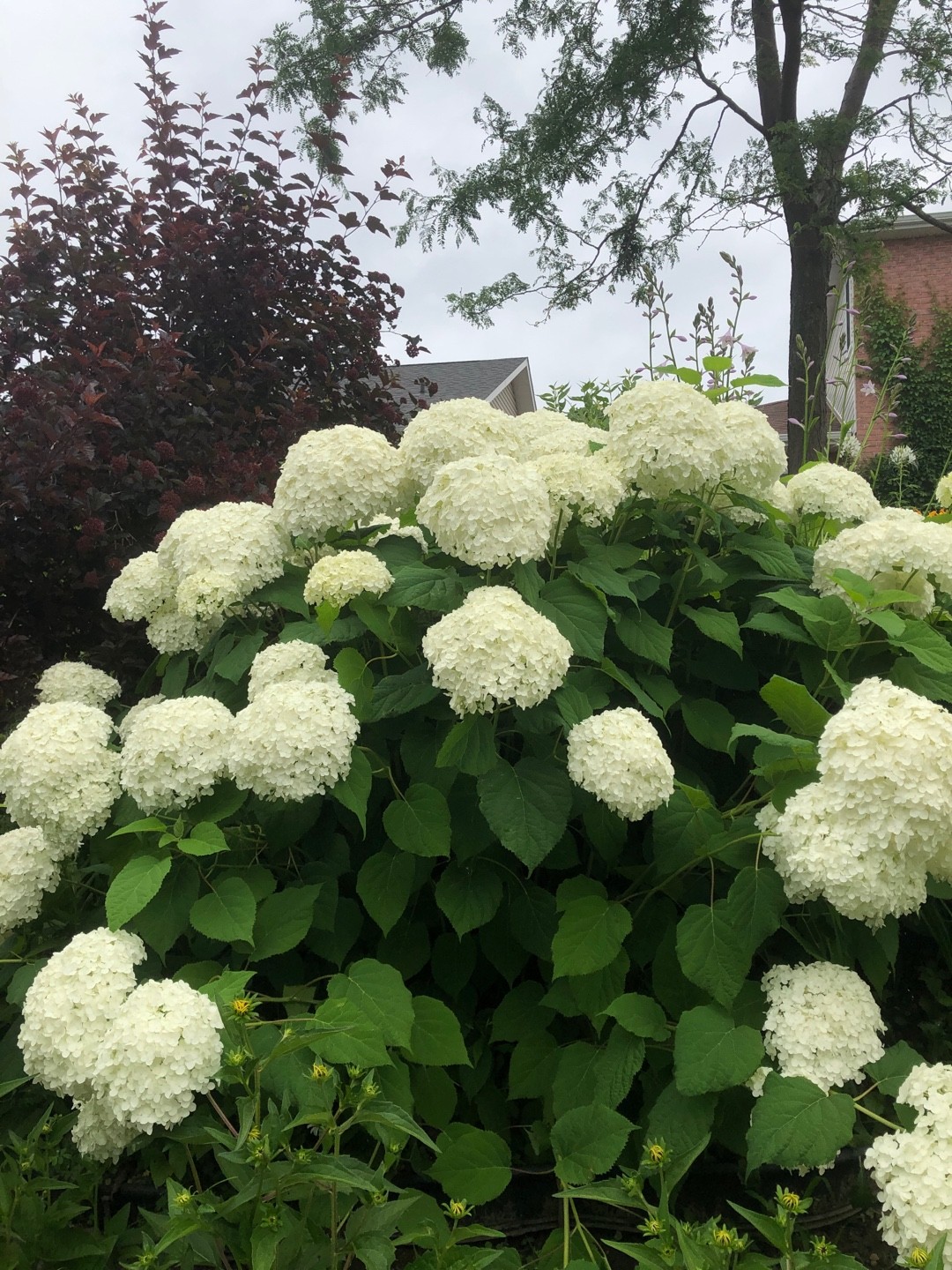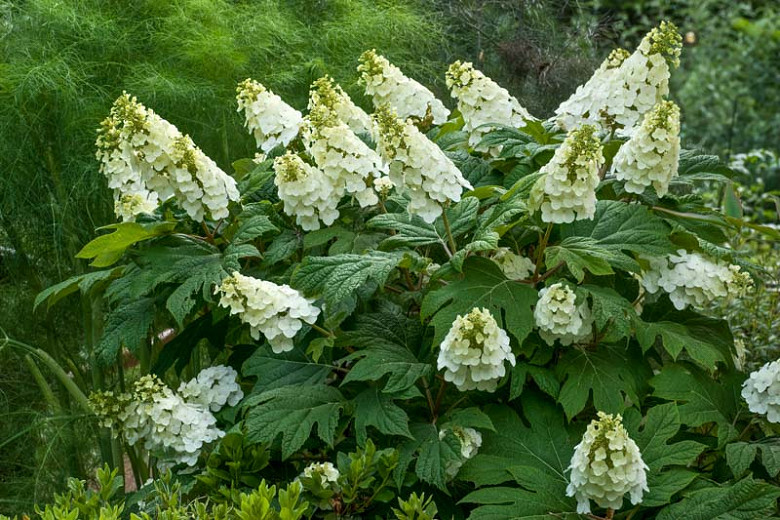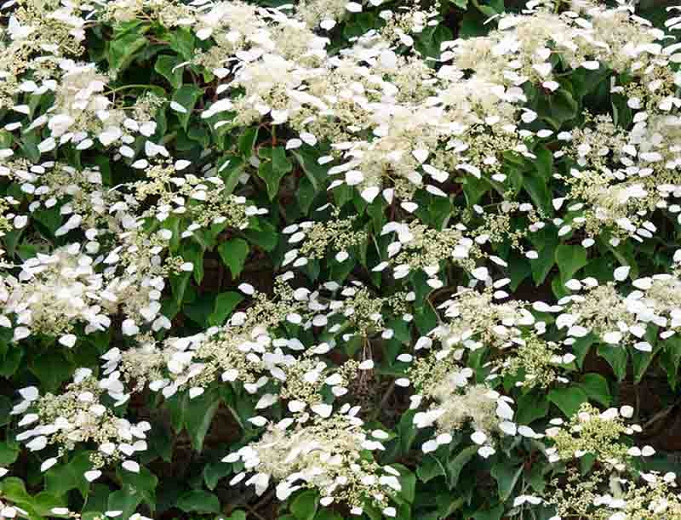The Ultimate Guide To Hydrangea Types: Which One Is Right For You
The Ultimate Guide to Hydrangea Types: Which One is Right for You?
Hydrangeas are some of the most popular flowering shrubs in the world, and for good reason. They are available in a wide variety of colors, sizes, and shapes, and they can be grown in a variety of climates. If you are thinking about adding hydrangeas to your garden, there are a few things you need to know about the different types of hydrangeas available.
In this guide, we will discuss the five main types of hydrangeas:
- Hydrangea macrophylla: This is the most common type of hydrangea, and it is known for its large, mophead flowers. Hydrangea macrophyllas can be grown in a variety of climates, but they prefer partial shade.

- Hydrangea paniculata: This type of hydrangea is known for its large, cone-shaped flowers. Hydrangea paniculatas are more cold-hardy than hydrangea macrophyllas, and they can be grown in full sun.
- Hydrangea arborescens: This type of hydrangea is known for its large, white flowers. Hydrangea arborescenses are very hardy, and they can be grown in a variety of climates.

- Hydrangea quercifolia: This type of hydrangea is known for its large, oak-shaped leaves and its blue flowers. Hydrangea quercifolias are more difficult to grow than other types of hydrangeas, but they are very rewarding.

- Hydrangea serrata: This type of hydrangea is known for its small, lacecap flowers. Hydrangea serratas are not as common as other types of hydrangeas, but they are very beautiful.

In addition to these five main types, there are also a number of other types of hydrangeas, including climbing hydrangeas, tree hydrangeas, and miniature hydrangeas.
Once you have decided which type of hydrangea you want to grow, you need to choose the right variety. There are many different varieties of hydrangeas available, and each one has its own unique characteristics. Some factors to consider when choosing a variety include flower color, bloom time, size, and hardiness.
Once you have chosen a variety, you need to plant your hydrangea in the right location. Hydrangeas prefer well-drained soil that is rich in organic matter. They also need full sun or partial shade, depending on the type of hydrangea.
After you have planted your hydrangea, you need to care for it properly. Hydrangeas need regular watering, especially during the summer months. They also need to be fertilized in the spring and fall.
With proper care, hydrangeas can be a beautiful and long-lived addition to your garden.
Hydrangeas are beautiful flowering shrubs that come in a variety of colors, sizes, and shapes. If you're thinking about adding hydrangeas to your garden, it's important to do your research to find the right type for your climate and needs.
There are two main types of hydrangeas: mophead and lacecap. Mophead hydrangeas have large, round flowers, while lacecap hydrangeas have smaller, more delicate flowers. Both types of hydrangeas can be grown in full sun or partial shade, but they prefer moist, well-drained soil.
If you're not sure which type of hydrangea is right for you, I recommend visiting . This website has a comprehensive guide to the different types of hydrangeas, as well as information on how to care for them.
FAQ of types of hydrangeas
Q: What are the different types of hydrangeas?
A: There are over 70 species of hydrangeas, but the most common types include:
- Hydrangea macrophylla: These are the classic hydrangeas with large, round flowers. They come in a variety of colors, including blue, pink, white, and green.

- Hydrangea paniculata: These hydrangeas have large, cone-shaped flowers. They are typically white or pink, but can also be green.
- Hydrangea arborescens: These hydrangeas have smaller flowers than macrophylla or paniculata hydrangeas. They are typically white or pink, but can also be blue.

- Hydrangea serrata: These hydrangeas have small, dainty flowers. They are typically white or pink, but can also be blue.

- Hydrangea petiolaris: These hydrangeas are climbing hydrangeas. They have small, white flowers that bloom in the summer.

Q: What is the main color of hydrangeas?
A: The main color of hydrangeas is blue. However, the color of hydrangea flowers can be affected by the acidity of the soil. In acidic soil, hydrangeas will bloom blue. In alkaline soil, hydrangeas will bloom pink.
Q: How do I care for hydrangeas?
A: Hydrangeas are relatively easy to care for. They need full sun to partial shade and well-drained soil. They should be watered regularly, especially during the summer months. Hydrangeas can be pruned in the spring to shape them or to remove dead or diseased branches.
Q: What are some common problems with hydrangeas?
A: Some common problems with hydrangeas include:
- Leaf spot: This is a fungal disease that causes brown spots on the leaves. It can be treated with a fungicide.
- Pests: Hydrangeas can be susceptible to pests such as aphids, scale, and spider mites. These pests can be controlled with insecticidal soap or neem oil.
- Winter damage: Hydrangeas that are not hardy in cold climates may be damaged by winter weather. To protect them, you can mulch around the base of the plant and cover it with a burlap sack or other protective material during the winter.
Q: How long do hydrangeas live?
A: Hydrangeas can live for many years with proper care. Some hydrangeas can even live for over 100 years.
Post a Comment for "The Ultimate Guide To Hydrangea Types: Which One Is Right For You"